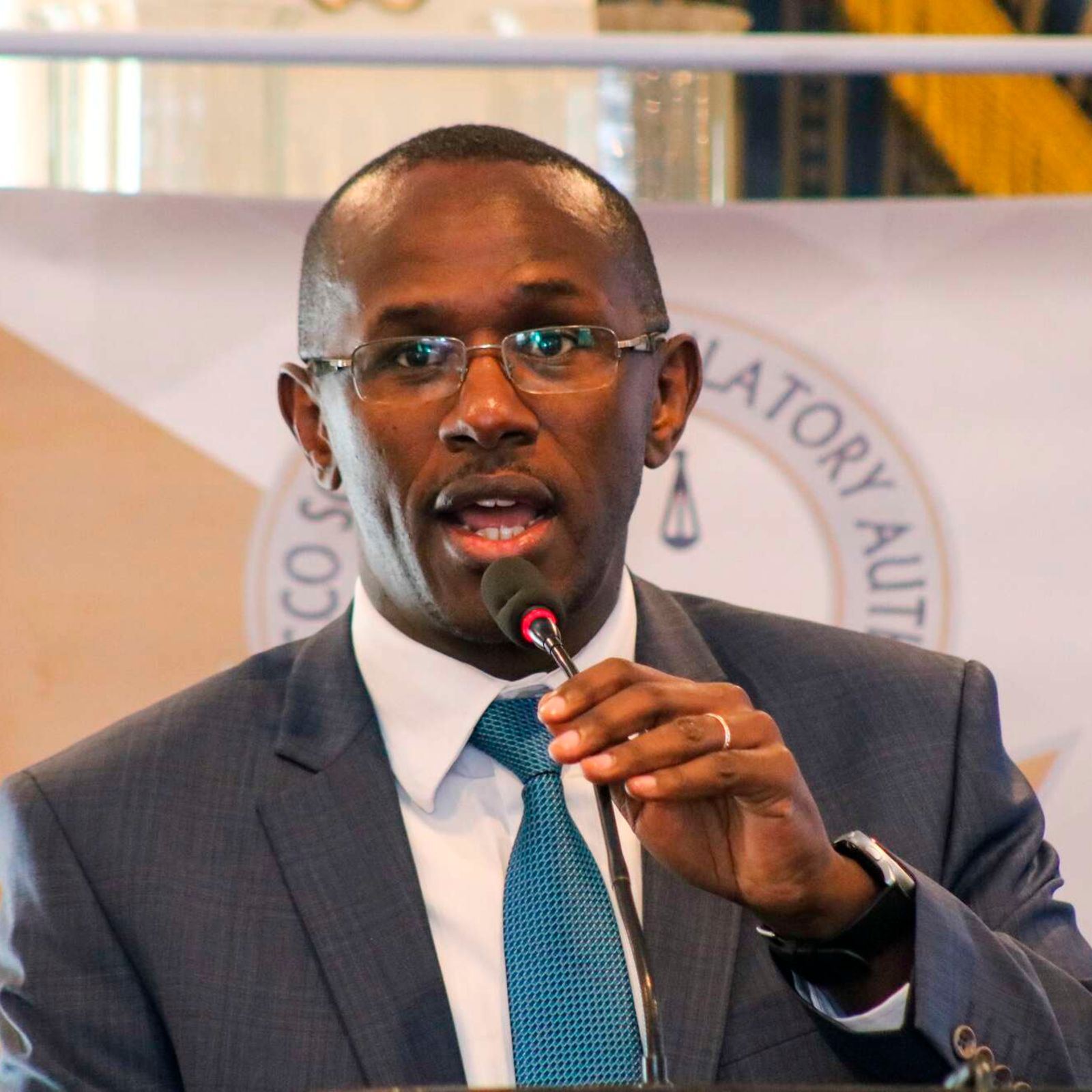The Savings and Credit Cooperative Societies Regulatory Authority (Sasra) has placed 30 savings and credit cooperative societies (saccos) under heightened supervision due to capital inadequacy.
These institutions, among the 355 regulated saccos, have been flagged for failing to meet the required capital thresholds, raising concerns about their ability to withstand financial shocks.
According to Sasra, the affected saccos have not met the minimum core capital requirement of Sh10 million or adhered to key financial ratios.
These include core capital to total assets, which should be at least 10 percent, and core capital to total deposits, set at a minimum of eight percent. The regulator has also raised concerns over inadequate reporting of financial data to relevant agencies, including credit reference bureaus.
“Out of 355 saccos we regulate, we have 30 institutions that we have put on heightened supervision for failing to meet the minimum capital requirements, primarily when capital is being eroded you’ll find there are other issues, which talk to the credit risk among others,” said SASRA Chief Executive Officer (CEO) Peter Njuguna.
Last year, Sasra identified six saccos; Metropolitan National, Shoppers, Jitegemee, Jumuika, Lamu Teachers, and Ndosha that had a core capital to total assets ratio of less than five per cent, falling well below the required threshold of 10 per cent.
These institutions also had a core capital below Sh10 million, raising concerns about their financial stability.
Sasra's 2023 annual report noted a drop in capital ratios among deposit-taking saccos, with core capital to total assets declining from 16.36 percent in 2022 to 16.07 percent in 2023.
Similarly, core capital to total deposits fell from 23.90 percent to 23.26 percent over the same period.
“The foregoing marginal drops showed that saccos grew their total assets and deposits at faster rates than the rate at which they grew their core capital,” stated the report.
Sasra has urged saccos to strengthen their financial reserves to cushion against future economic uncertainties.
